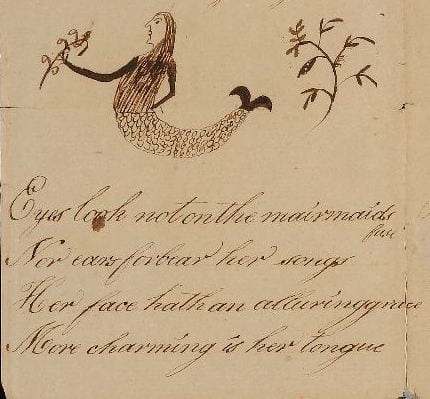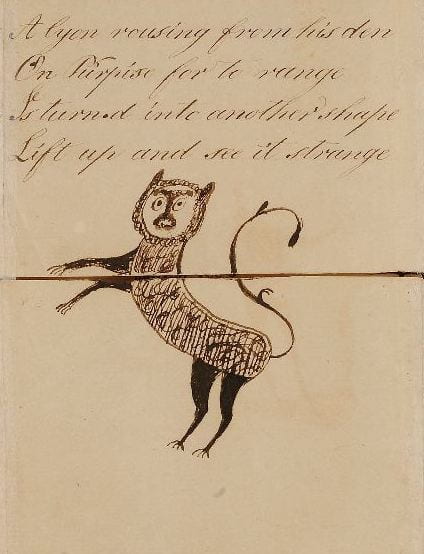“Pop app libri animati” is an ongoing initiative undertaken by the Fondazione Tancredi di Barolo, jointly formed by Professor Pompeo Vagliani and Professor Gianfranco Crupi. The multipronged initiative that covers research, conservation and educational outreach is supported by local and regional governments and La Sapienza University in Rome.
The foundation has an impressive collection of movable books in Italian and different languages across time including some spectacular and little known ones even to specialists in the field. In 2019 they held an exhibition in two locations, Rome and Turin. It was called Pop-App. Science, art and play in the history of animated books from paper to app.
This link shows a virtual tour of the impressive objects, organized in rooms based on genres and introducing to non-European viewers Italian movables:
https://www.pop-app.org/visita-alla-mostra-di-torino/
The follow up event was an international conference scheduled for Feb. 27-28 in Turin Italy. It was cancelled abruptly by the start of the onslaught of the coronavirus. Intrepidly they turned their attention in two directions. Professor Crupi is spearheading the English translation of the collection of essays based on their curated exhibit in 2019 in Rome and Turin called Pop-App. Science, art and play in the history of animated books from paper to the app, which will soon be available on their website. Professor Vagliani has turned his attention away from scholarly investigation of the pop-up books to activism with children who are housed inside for long periods due to the outbreak of the corona virus.
When I was in contact with Professor Vagliani to inquire how they were faring, on March 18, 2020 he wrote back to describe his new initiative. He stated that while they are waiting to be able to reprogram the various initiatives, they have started a collaborative venture between Italian designer Massimo Missiroli and Chinese artist Guan Zhongping to entertain and instruct children through the medium of movable books:
Meanwhile we started, in collaboration with pop-up designer Massimo Missiroli, the initiative “Pop Up against the coronavirus” which aims to involve and raise awareness among children and schools on knowledge and prevention of the virus through the educational and creative potential of movable books. […]
The project consists in making available online downloadable models and tutorials to create animated tables and small pop-up books from home that have as their subject fantastic stories against the virus or insights on prevention practices. All materials made so far can be downloaded at this link https://www.pop-app.org/costruisci-il-tuo-pop-up-contro-il-virus/
He goes on to describe the work of Guan Zhongping in China:
The idea stems from a similar experience promoted in China by animated book expert Guan Zhongping, involving pop-up designers, families and children in isolation at home during the epidemic. Photos and videos of pop-up products made in China are available exclusively on the pop-app site: https://www.pop-app.org/pop-up-contro-il-coronavirus/.
Since I am on the Foundation listserv, I received notice of further collaboration with Dutch pop up designer Paul De Graaf who has devised a pop-up mask (not medical). In addition to imaginative adapting of fairy tale and folktale figures of witches, intrepid child heroes a magic cloud and magic cow, there is rendering of life for children today. This includes a model of living under quarantine in an apartment with balconies.
Download the color template “Quarantine pop up card”
Download the black and white template, to be colored
This link to their YouTube page shows 84 animations of selected books–some from the collection but notably and importantly including books from the activist project “Pop-up against coronavirus:”
https://www.youtube.com/channel/UCGR7kP3lbJZ8NCZJRcQjT3w
This includes tutorials such as the evokingly entitled – Tutorial “Pop up contro il coronavirus” including that of a mask. The templates for making pop-ups are available in three languages: Italian, French and English and the logo is “united even from a distance.”
When I went to the emerging page devoted to the children’s artworks, I saw a jack in a box hero.
I am awed by the resilience and creativity of the foundation in this extremely difficult time for Italy and by the power of transnational collaborations that are occurring across Europe and oceans.















